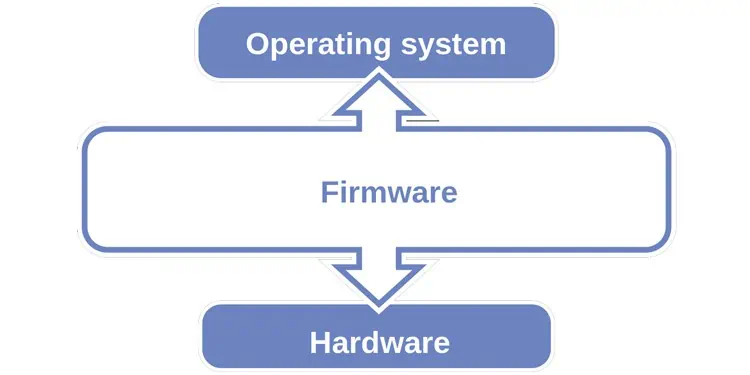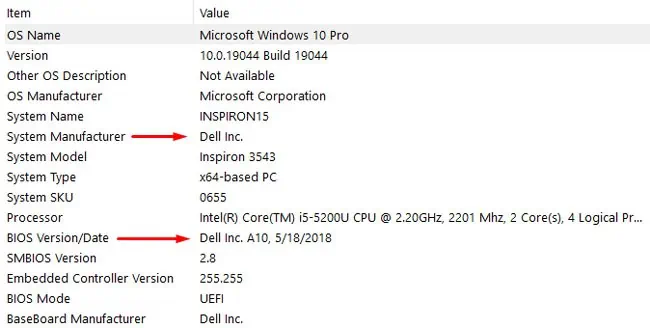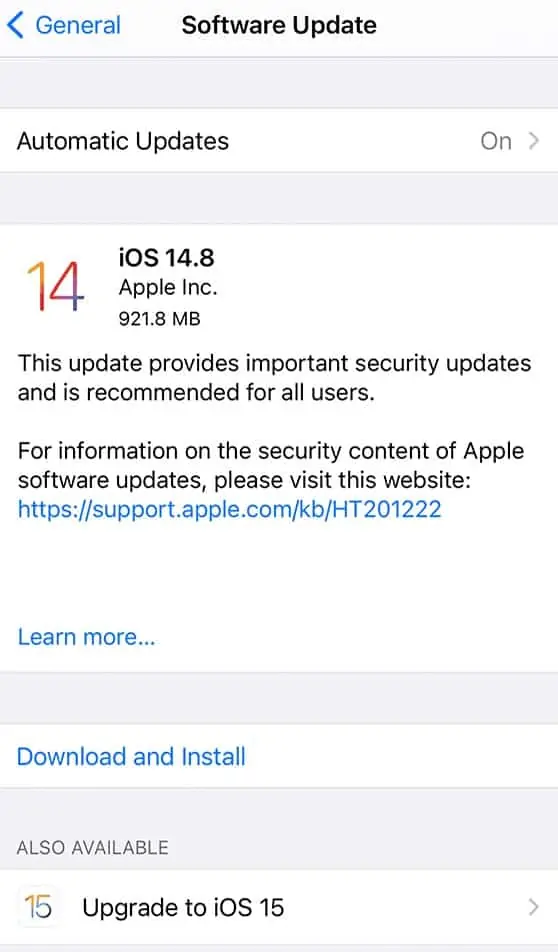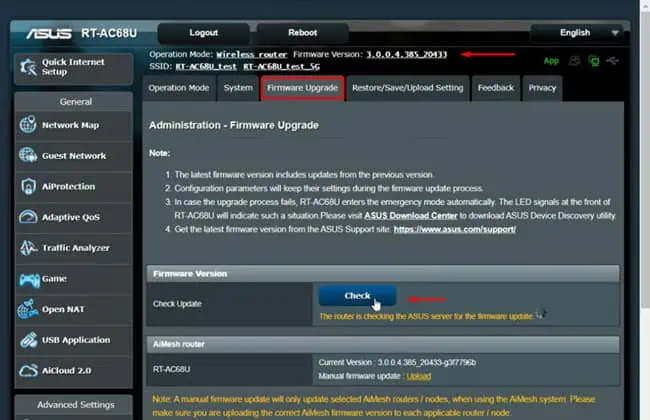If you’ve ever faced hardware compatibility, booting, or even performance issues, you’ve likely been advised to update the firmware.
On a lot of devices, performing a firmware update is as simple as using a utility program and pressing theUpgrade Softwarebutton. But if this process is so simple, why are there so many warnings and disclaimers regarding firmware updates?
In this article, we will drill down all your concerns. Whether you should update the firmware or not, and if you do then, how to update it.

Firmware is low-level software stored in the non-volatile memory (ROM) that functions as an interface between a device’s hardware and high-level software. The information here is simplified, but here’s how it works on personal computers, for instance.
After you press the power button, the CPU receives an instruction to jump to the memory location in the ROM where the firmware is located. Once the CPU executes the firmware, the firmware performs a hardware test (POST). If POST succeeds, the firmware loads theboot manager, which in turn loads the operating system (OS) kernel, and the OS finally boots.
On PCs, the firmware performs hardware initialization and manages some basic functions for various devices. Depending on the device, such as a router, phone, or camera, the firmware’s purpose will vary. On simpler devices, the firmware can even function as a complete OS and perform all the necessary tasks.

Do I Need To Update The Firmware? Is It Safe?
Unlike software or system updates, firmware updates are quite rare (usually once a year or longer). This is because manufacturers only release firmware updates to fix critical bugs or add new features and enhance performance. On the users’ end, a firmware update may be necessary for the following or similar scenarios:
As for the matter of safety, it’s safe to update the firmware as long as you follow proper procedure and keep a few important things in mind:
How to Perform a Firmware Update?
The firmware update process varies for every device and brand, but we’ve listed the necessary steps for the most common ones below.

Firmware Update on Windows
Older Windows devices used the BIOS firmware, whereas newer devices use UEFI instead. Regardless of which one your system uses, the steps to upgrade the firmware will be the same. What does make a difference, however, is your motherboard manufacturer. With all this said, here are the general steps:
Now, this is just one general way to update the BIOS. We have detailed articles on other ways to update the firmware if you’re looking for something more specific:
Firmware Update on Mac / Android / iOS




